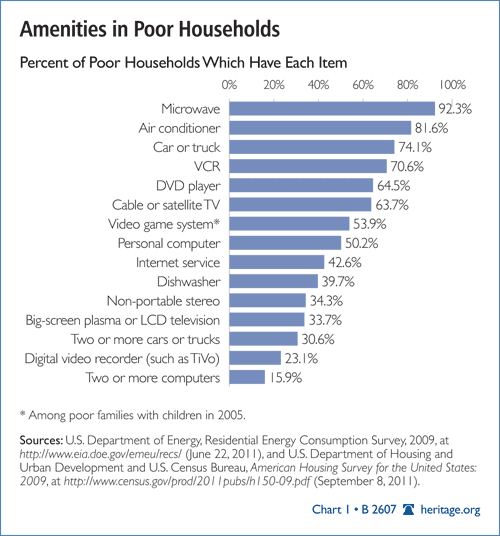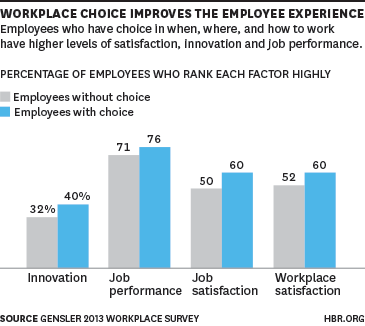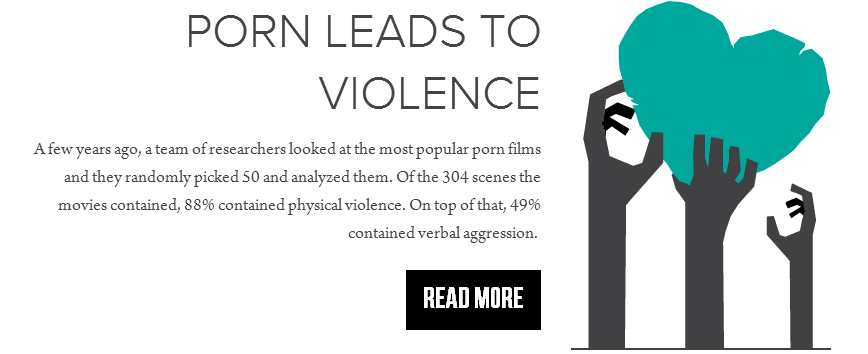Yesterday, I posted “War on Poverty: The Results” with a rather depressing graph from economist Lawrence McQuillan. However, the post may have struck readers as odd, given that I tend to actually be optimistic about the rise of living standards all over the world (including the U.S.). I’ve also mentioned before that there is a difference between statistical categories and flesh-and-blood people (i.e. “the poor” in 1970 are likely not “the poor” of 2014). But frankly, the U.S. Census data (which McQuillan’s graph was based on) is, as Washington Post columnist Robert Samuelson writes, “a lousy indicator of people’s material well-being. It misses all that the poor get — their total consumption. It counts cash transfers from government but not non-cash transfers (food stamps, school lunches) and tax refunds under the EITC. Some income is underreported; also, the official poverty line overstates price increases and, therefore, understates purchasing power.” In fact, one could argue that “the poor will always be with you” if we take the U.S. Census Bureau’s approach to measuring poverty:
The current poverty thresholds do not adjust for rising levels and standards of living that have occurred since 1965. The official thresholds were approximately equal to half of median income in 1963-64. By 1992, one half median income had increased to more than 120 percent of the official threshold (pg. 1).
Due to rising standards of living, poverty must become relative to the surrounding standards:
Adjustments to thresholds should be made over time to reflect real change in expenditures on this basic bundle of goods at the 33rd percentile of the expenditure distribution (pg. 2).
While the U.S. Census data can be useful (hence my original post), it is woefully inadequate. As a mentioned above, a major thing it misses is the material well-being of the poor. As science writer Matt Ridley explains,
Yet looking back now, another fifty years later, the middle class of 1955, luxuriating in their cars, comforts and gadgets, would today be describe as ‘below the poverty line’…Today, of Americans officially designated as ‘poor’, 99 per cent have electricity, running water, flush toilets, and a refrigerator; 95 per cent have a television, 88 per cent a telephone, 71 per cent a car and 70 per cent air conditioning. Cornelius Vanderbilt had none of these. Even in 1970 only 36 per cent of all Americans had air conditioning: in 2005 79 per cent of poor households did. Even in urban China 90 per cent of people now have electric light, refrigerators and running water. Many of them also have mobile phones, inter net access and satellite television, not to mention all sorts of improved and cheaper versions of everything from cars and toys to vaccines and restaurants.[ref]Ridley, The Rational Optimist: How Prosperity Evolves (New York: HarperCollins, 2010), 16-17.[/ref]

(From the Heritage Foundation)
While poverty by certain standards may not have budged, the literal material well-being of the underprivileged in America has increased dramatically. The safety net has played (and should arguably continue playing) a role in protecting the poor from some of the most brutal blows poverty has to offer. But when you consider the many life-easing materials mentioned above, I think you’ll find that LBJ had little to do with the market forces that brought them about.








